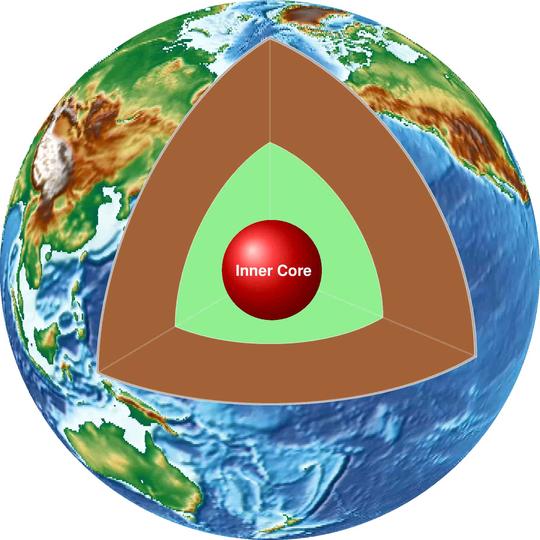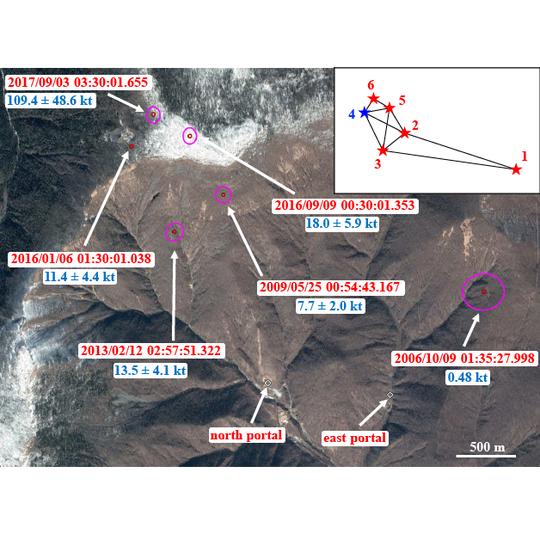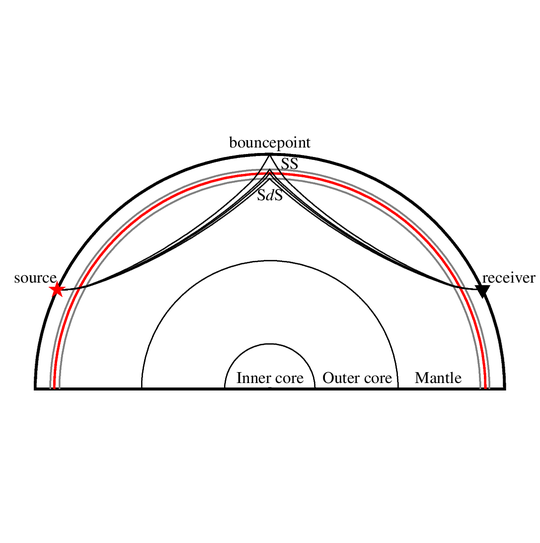Dongdong Tian is a seismologist. His research is directed toward understanding the structure of the Earth’s deep interior, mechanisms of seismic sources (e.g., microseismic, explosions, and collapse), and seismic wave propagation in complex media.
He received his Ph.D. degree in Geophysics from University of Science and Technology of China in 2018, advised by Prof. Lianxing Wen. After that, he was a Postdoctoral Research Associate at Michigan State University, collaborating with Prof. Songqiao Shawn Wei. Now he is an Associate Professor at China University of Geosciences.
He is also a big fan of open-source and serves as a core developer of the Generic Mapping Tools (GMT), a widely-used software for processing and visualizing geophysical data in Earth Science, and its Python wrapper, PyGMT.
Interests
- Structure of the Earth’s Deep Interior
- Theory and Observations of Earthquake Source
- Theory of Wave Propagation
Education
-
Ph.D. in Geophysics, 2018
University of Science and Technology of China
-
BSc in Geophysics, 2012
University of Science and Technology of China
Recent News
-
2021-11-10: Dongdong joins China University of Geosciences (Wuhan) as an Associate Professor, with ¥1,800K startup funding from CUG One Hundred Talents Program.
-
2021-07-20: Dongdong serves as an instructor of the 2021 UNAVCO Short Course “The Generic Mapping Tools for Geodesy” online via Zoom.
-
2020-10-22: Dongdong, collaborating with Dr. Jiayuan Yao, Dr. Li Sun, and Prof. Lianxing Wen, make a comment on the paper “Origin of temporal changes of inner-core seismic waves” by Yang and Song (2020). The comment is published on Earth and Planetary Science Letters. Dr. Jiayuan Yao is the first author.
-
2020-10-02: Our new global survey of the 520- and 560-km mantle discontinuities, based on seismic observations (SS precursors) and thermodynamic modeling, is published on Earth and Planetary Science Letters.
-
2020-06-20: Dongdong serves as an instructor of the 2020 UNAVCO Short Course “The Generic Mapping Tools for Geodesy”, online via Zoom.
-
2019-07-29: Dongdong particats the GMT Developer’s Summit at Scripps Institution of Oceanography, La Jolla, USA, Jul. 29–Aug. 2, 2019.
-
2019-07-22: Dongdong serves as an instructor of the 2019 UNAVCO Short Course “The Generic Mapping Tools for Geodesy”, at Scripps Institution of Oceanography, La Jolla, USA, Jul. 22–23, 2019.
Research
Inner Core Boundary
North Korea Nuclear Tests
Mantle Discontinuities
Featured Publications
Contact
- dtian@cug.edu.cn
- 388 Lumo Rd, Wuhan, Hubei 430074


